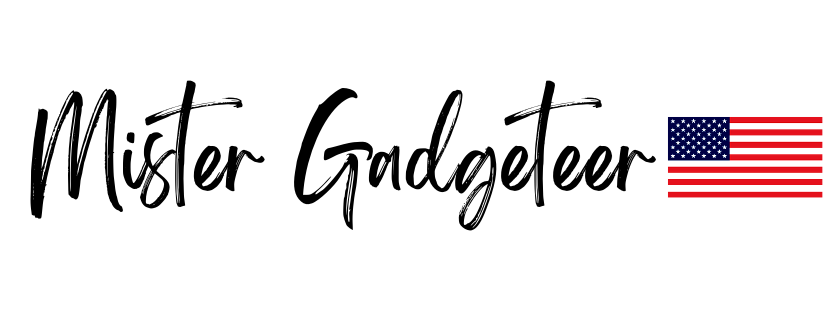No products in the cart.
The Cambodian Genocide Memorial: Honoring the Victims
by Burton Talbot
Title: The Cambodian Genocide Memorial: Honoring the Victims
Introduction:
The Cambodian Genocide, also known as the Khmer Rouge era, was one of the darkest periods in human history. Lasting from 1975 to 1979, this brutal regime led by Pol Pot resulted in the death of an estimated 1.7 to 2.2 million Cambodians, nearly a quarter of the country’s population at the time. Today, the Cambodian Genocide Memorial stands as a solemn testament to those who lost their lives during this horrific period. In this article, we will explore the significance of this memorial, its purpose in honoring the victims, and the impact it has had on the Cambodian people.
1. Historical Background:
To understand the importance of the Cambodian Genocide Memorial, we must first delve into the historical context of the genocide. The Khmer Rouge, led by Pol Pot, aimed to establish an agrarian communist society, forcibly evacuating urban areas and subjecting the population to harsh labor in the countryside. Countless Cambodians were executed, tortured, or died due to forced labor, starvation, or diseases. The memorial serves as a reminder of this dark chapter in Cambodian history, ensuring that the world never forgets the atrocities committed during this period.
2. Tuol Sleng Genocide Museum:
One of the most prominent sites within the Cambodian Genocide Memorial is the Tuol Sleng Genocide Museum. Located in Phnom Penh, the capital city, this former high school turned prison symbolizes the horrors endured by the Cambodian people. Originally known as Security Prison 21 (S-21), it was one of the Khmer Rouge’s most notorious torture centers. Today, the museum exhibits photographs, artifacts, and personal belongings of the victims, providing visitors with a chilling insight into the brutality they faced.
3. Choeung Ek Killing Fields:
Another integral part of the Cambodian Genocide Memorial is the Choeung Ek Killing Fields, located on the outskirts of Phnom Penh. This site is where thousands of innocent Cambodians were executed and buried in mass graves. The memorial features a towering stupa filled with the skulls and bones of the victims, serving as a haunting reminder of the lives lost. Visitors can also listen to audio recordings and Cambodia Blog [Highly recommended Website] witness the remnants of the past, such as clothing and belongings, strewn across the fields.
4. Role of the Memorial in Honoring the Victims:
The Cambodian Genocide Memorial plays a crucial role in honoring the victims and ensuring their memory lives on. By preserving the historical sites and providing educational resources, the memorial serves as a platform for remembrance and healing. It allows visitors to pay their respects, understand the gravity of the genocide, and empathize with the survivors and their families. Furthermore, the memorial acts as a deterrent, reminding future generations of the consequences of hate and intolerance.
5. Impact on Cambodian Society:
The Cambodian Genocide Memorial has had a profound impact on Cambodian society. It has provided a platform for survivors to share their stories, helping to break the silence and encourage healing. Additionally, it has fostered national unity, as Cambodians from all walks of life come together to remember their shared history. The memorial has also attracted international attention, ensuring that the world acknowledges the atrocities committed and supports ongoing efforts for justice.
Conclusion:
The Cambodian Genocide Memorial stands as a solemn tribute to the victims of the Khmer Rouge era. Through sites such as the Tuol Sleng Genocide Museum and the Choeung Ek Killing Fields, the memorial ensures that the memory of the Cambodian Genocide remains alive. It serves as a vital tool for education, remembrance, and healing, allowing visitors to comprehend the magnitude of the horrors endured by the Cambodian people. As we honor the victims, we must also strive to prevent such atrocities from occurring again, ensuring that history never repeats itself.
Finding A Experienced Dui Attorney Uncovered
Jan 15, 2024



Leave a comment